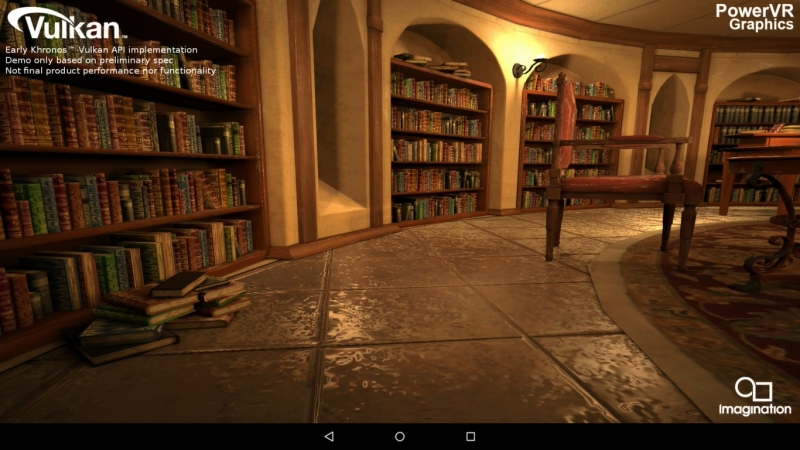Over the past few years, low-overhead graphics APIs have become important inclusions in an operating system's makeup. Windows 10 includes perhaps the most important of all low-overhead APIs, DirectX 12, but we've also seen iOS and Mac OS X pick up support for Apple's similar Metal API.
The one major operating system that's been left without a low-overhead API for game developers is Android, but that's about to change. Google has announced that future versions of Android will support Vulkan, which is Khronos' low-overhead successor to OpenGL, the primary graphics API that has been used in Android since the very first version.
There are many benefits to using Vulkan over OpenGL, primarily the way it gives developers more control over GPU operations, which results in lower CPU overhead from the driver, and better support for multiple threads. This allows developers to get more out of the hardware in your device, particularly if it has a multi-core CPU like most modern flagships.
Android unfortunately won't support Vulkan in the immediate future. Google isn't saying when the API will be baked into Android, but it likely won't make it into Android M before its release later this year as the Vulkan API itself won't be finalized until late 2015. This means we'll likely see Vulkan support in the next, annanounced version of Android.
The good news is that hardware that supports Vulkan is already widely available. The API is compatible with any GPU that currently supports OpenGL ES 3.1, so any SoC that includes an Adreno 400-series, PowerVR Series 6, Tegra K1, or Mali 600-series (or newer) GPU should support Vulkan at launch.
Want to see what Vulkan can bring to Android in comparison to OpenGL ES 3.0? Imagination Technologies has a great video below that shows the differences in the APIs' performance when rendering a scene crowded with gnomes on a PowerVR Rogue GPU.
